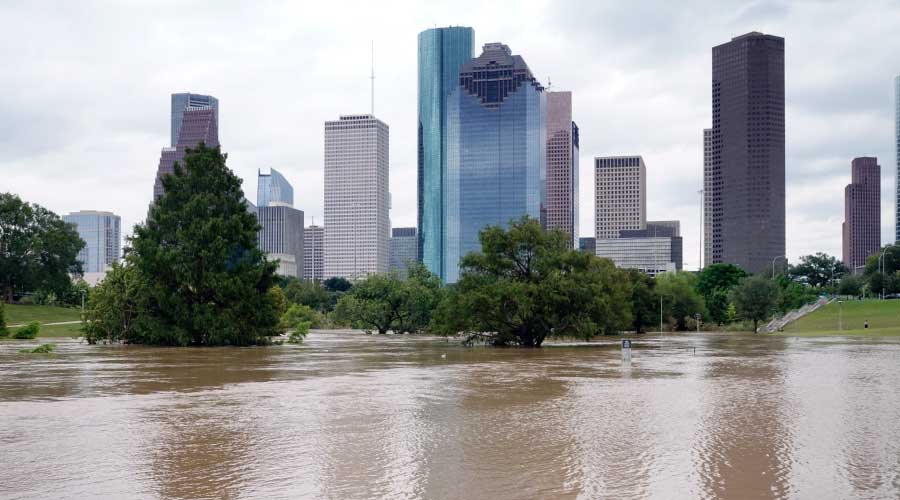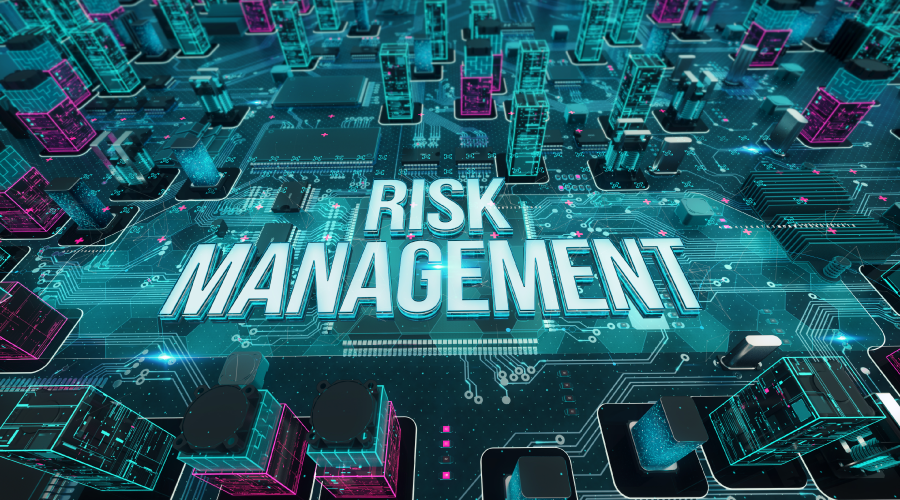Painstaking Process Bringing New Medical College Energy Plant Online
Part 4 of a 5-part article on emergency preparedness
Once the new energy plant was complete, then came the painstaking process of bringing the plant and its systems online.
“In that final fifth phase, we built the entire energy plant and the generator infrastructure and then tested that infrastructure prior to it ever being connected to the hospital,” Dement says. “It was fully commissioned and fully tested. We had a 12 megawatt energy plant with nothing connected to it.
“In the final operational phase, we had to reach out into the building and disconnect that first automatic transfer switch and connect it to the plant. The moment we connected that first one, we had to operationalize both plants simultaneously because now I have patient load starting to come. We did those one at a time on the electrical (system). It required an intensive structure of mapping out every circuit on that particular branch of emergency power.”
The process required the team to create a detailed process that carefully laid out steps to connect the new plant to existing equipment and facilities.
“We brought in the key stakeholders who were going to be involved in or affected by either not having emergency power or not having any power or not having normal power during this process,” Fletcher says. “Dave’s team had told us what was going to be affected, so we had a good roadmap as to who needed to be in the room.
“Every one of the automatic transfer switch branches had an ICU or an emergency department or a critical diagnostic procedure group that we needed to maintain business continuity. Dave’s team would come back to me and say they had it down to four hours, but that still was not good enough. We wound up with these little 10-minute temporary outages. We’d go through the whole process with all the key stakeholders if we had any problems during these outages. We also built in contingencies so that if something happened that we didn’t anticipate happening, we could quickly get back to what we had before.”
The process required the coordination of not just equipment but key stakeholders and technicians in the field.
“Each individual task was a designed playbook that we went through step by step,” Dement says. “In the incident command center, we had clinical leaders, nursing leaders, doctors, facility folks, and all of the units represented in the group. We also had techs out in the nursing units with radio contact so that if something unexpected happened. There were things that could happen that you might not expect. We had triggers built in so that if something happened, we could pause and go back and look at it.
“It was a wonderful cooperative effort among clinical engineers and facilities people who don’t come together very often. That portion of the project was one of the greatest successes because it put everybody on the same plane as far as ensuring we did this safely and quickly and accurately.
In addition to successfully bringing the new plant online, the experience also produced a roadmap the organization has used for a range of subsequent projects.
“We put every single step we could think of into this playbook, and even after we published it, we added steps,” Fletcher says. “It was a tremendous effort, and it was really the first step toward high reliability as an organization. Since then, we’ve put these kinds of playbooks in place all over the organization for a lot of different things, not just facilities and maintenance.”
Related Topics:
















